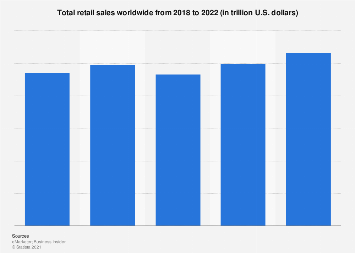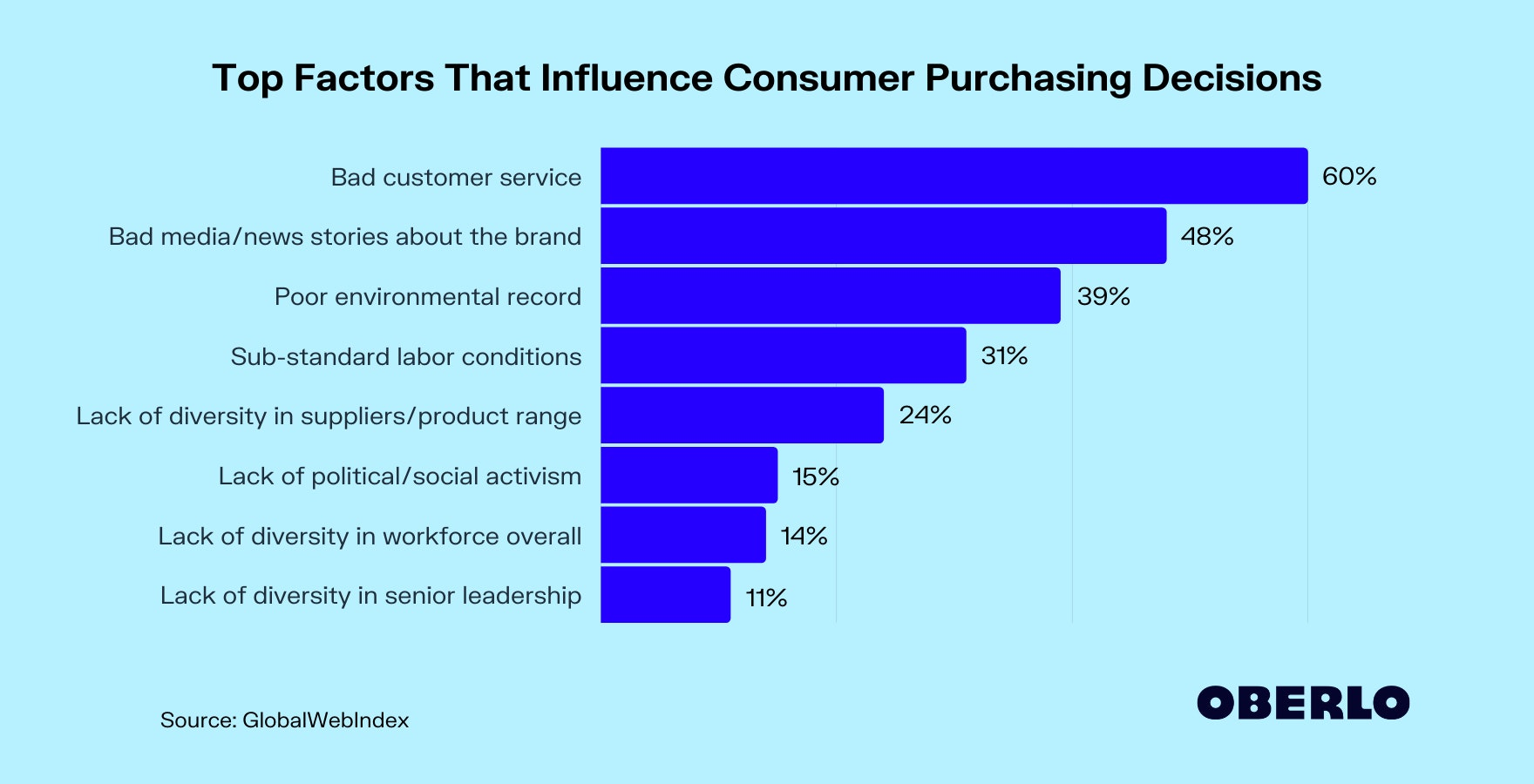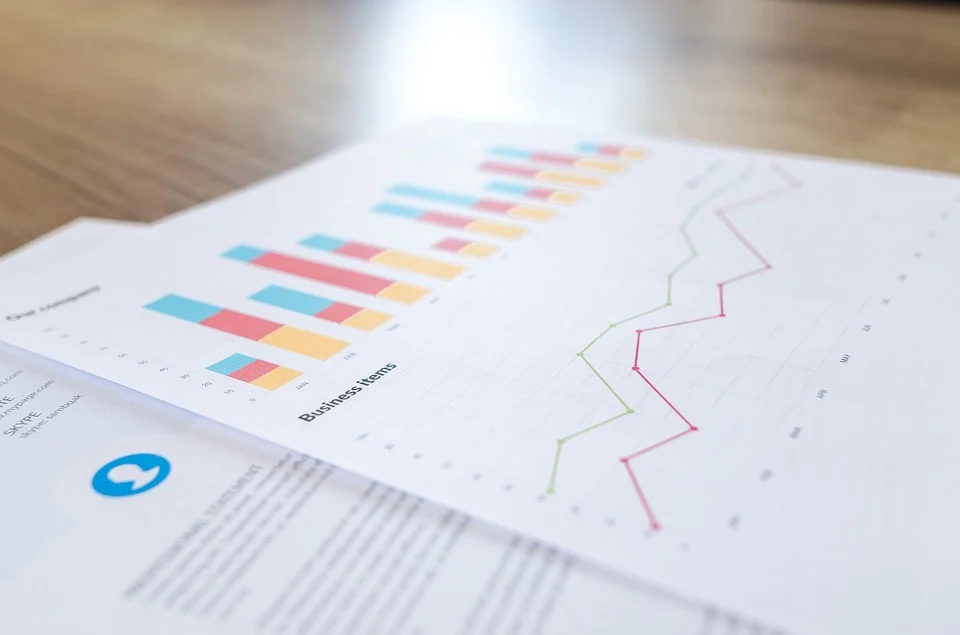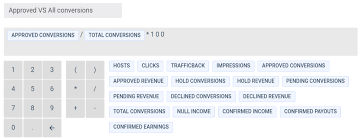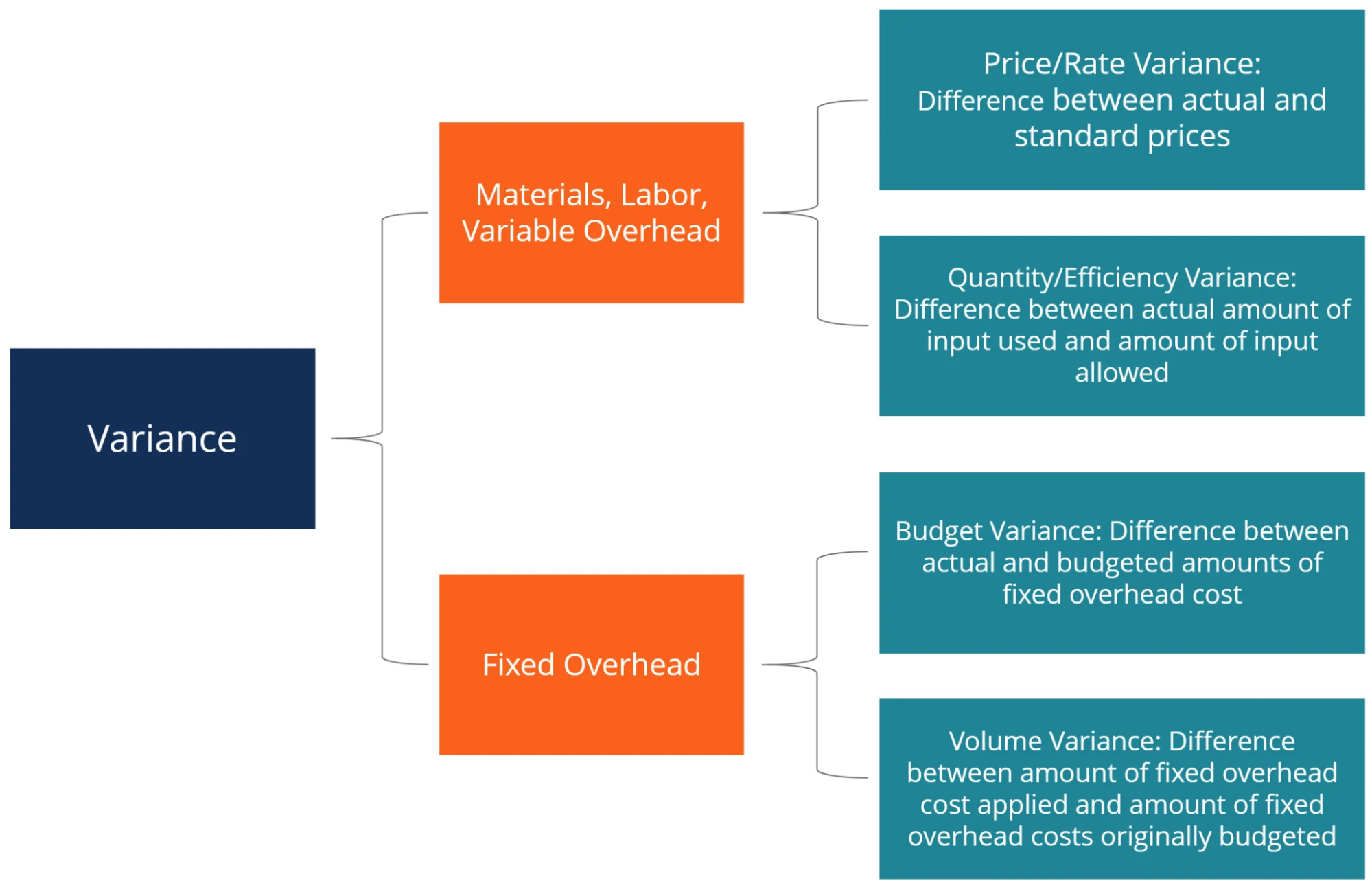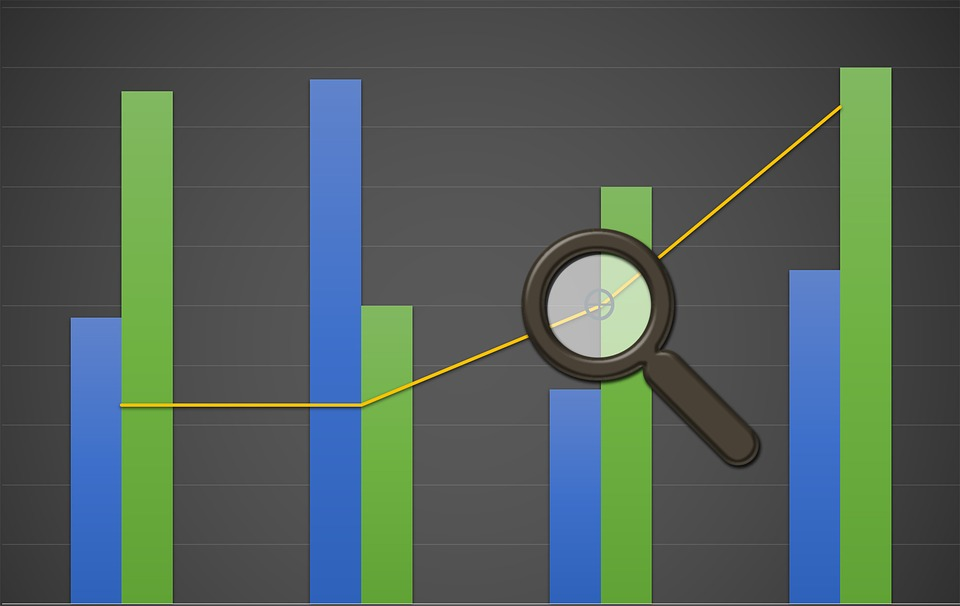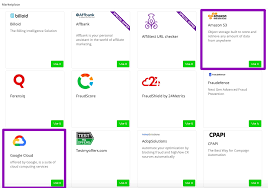Written by
John Allen is the Director of SEO for 8x8, a leading communication platform with integrated contact, voice, video, and chat functionality. John is a marketing professional with over 14 years of experience in the field, and an extensive background in building and optimizing digital marketing programs across SEM, SEO, and a myriad of services. This is his LinkedIn https://www.linkedin.com/in/johnlallen.












